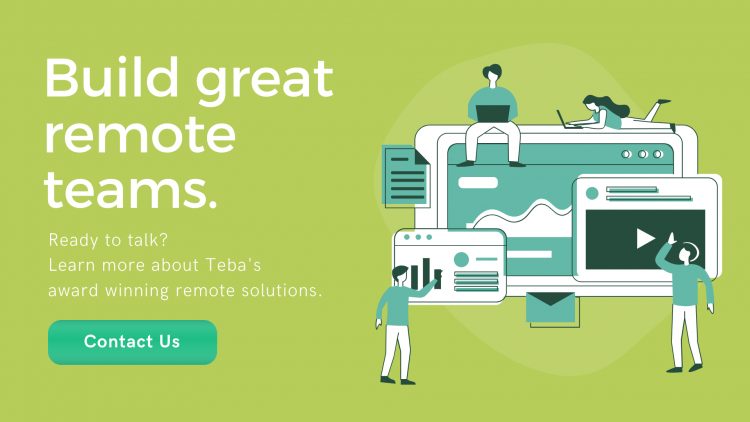The new workplace is becoming virtual, with the majority of the Australian workforce now working remotely, either full or part-time. For many of us, remote work requires quick adjustments in how we connect with our team and stay productive and engaged.
We’re sharing some of the best practices we’ve recommended to our employees to staying connected, productive, and engaged in your virtual workplace.
Build an environment of trust by establishing personal connections
It’s easy to build rapport in an office setting but doing this remote is more difficult. Take the time to ask your colleagues about their family or what they’ve been doing at home. Try an ice breaker, like giving a shout out for good work or asking people to share something about themselves such as their first job or favourite food.
Ensure the entire team is heard
During virtual meetings, round-robin dialogues are great for getting input from everyone. And change up your meeting ownership to encourage a sense of shared leadership.
Create a virtual office
Use a tool like Slack or Skype to create a virtual office where you can “see” who is available, who is in a meeting, or who may be busy, and have a channel on whatever platform you use for just your team. Schedule a virtual lunch or coffee break when you can to connect as a team.
Use the dreaded camera!
When we are on camera, we are more focused and less likely to be distracted by multitasking. Cameras also show body language and amplify your presence. (A suit and tie are definitely not required)
Practice good meeting etiquette
What we do for in-person meetings holds for virtual. That means things like send a meeting agenda at least 24 hours in advance, start and finish meetings on time, hold regular meetings, don’t forget 1-on-1 meetings, and send out a recap afterward. And you’re virtual now, so encourage attendees to use chat, and check for new messages regularly.
Create team norms
Work together as a team to create and institute norms. Clearly define processes for decision making and information sharing (frequency, reporting, etc.). Determine which tech you’ll use as a team (Slack, GoToMeeting, Skype, etc.) and how and when you’ll use them to stay informed.
Drive accountability and alignment
You’re in a time of change for everyone. Make sure all team members understand the vision for the team. Ensure your team has clear priorities and is aligned to critical business outcomes. Provide clear, honest feedback to team members on their performance. And make sure you share and acknowledge accomplishments and wins.
Be mindful
Take time for stretch breaks or a quick walk. It’s very easy to zone in on work and stay at your workstation all day. Be present and avoid multitasking so you stay engaged in what you should be focused on. And listen carefully. You don’t have the benefit of seeing others’ body language, so you’ll need to be an active listener to catch signs of concern, frustration, or disengagement.
Both employers and the employees must be committed to the prospects and demands of working remotely, especially during this period of social isolation. We hope the insights discussed in this article are excellent ways to start.


